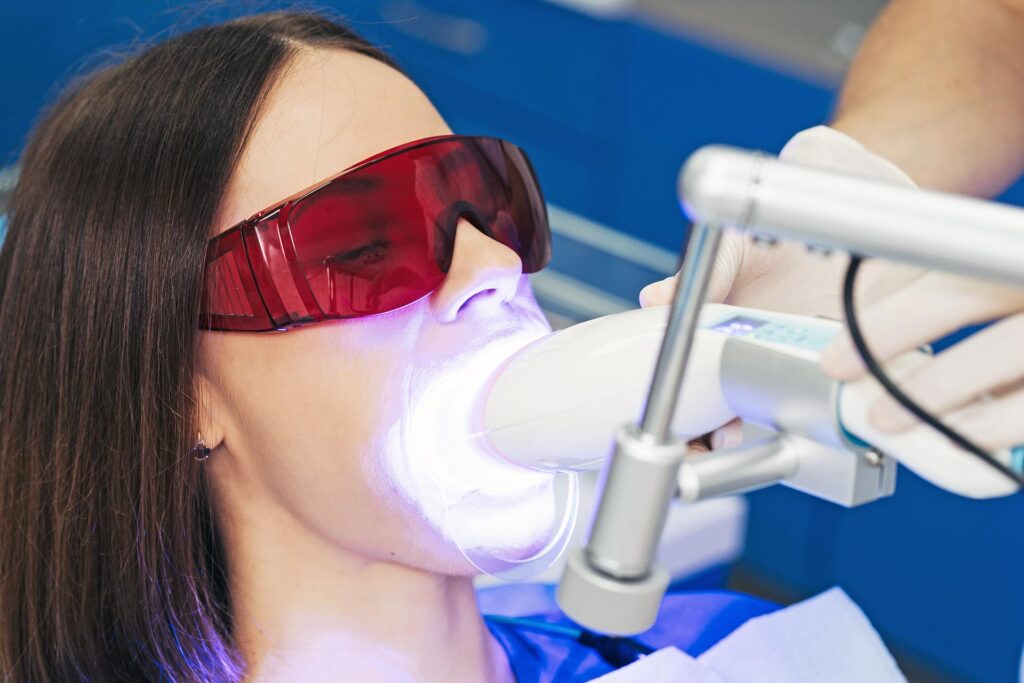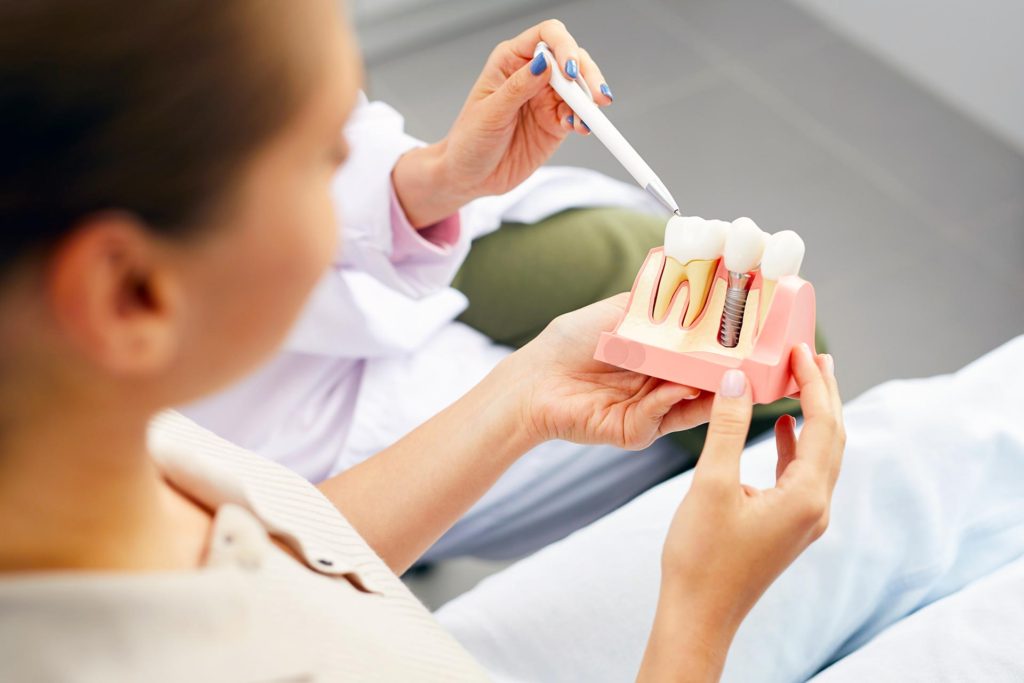
Gum recession is a condition that threatens oral health and causes anxiety in many people. However, due to the nature of this problem, the expectation that it will heal on its own is often unrealistic. Gum recession is typically the result of a variety of factors, including periodontitis (advanced gum inflammation), improper brushing techniques, teeth grinding, smoking, or genetic predisposition. The underlying issue is the recession of the gum tissue along with the supporting structures. The tissue lost during this process does not typically regenerate biologically.
Gums are attached to the bone structure up to a certain biological level. Therefore, if the underlying bone support is lost, the gums will not tend to cover that area again. Especially if bone loss is also present, it is not just the loss of soft tissue but also the loss of hard tissue that is discussed. This makes it very difficult for the gum line to return. Gums have a tendency to extend approximately 3 mm over the bone, but this is only possible if the bone level is stable. Gum tissue cannot biologically settle in an area without bone support.
In some cases, even if the gum line appears to be stabilized, this is not a true improvement. For example, the reduction of swelling in inflamed, edematous gums after treatment may give the impression that the recession has increased. On the other hand, current gum health can be maintained with proper hygiene habits, gentle brushing techniques, and water-based mouthwashes. However, it should not be expected to return.
The primary method used in the clinical treatment of gum recession is a surgical procedure called a gingival graft. In this procedure, a piece of soft tissue taken from the patient’s palate is added to the area where recession is observed, replacing part of the loss. The success of the graft depends on the patient’s age, general health, hygiene habits, and the location of the recession. This method is frequently preferred, especially in the front region, for aesthetic reasons.
Alternatively, there are preliminary studies suggesting that topical gels containing hyaluronic acid may increase tissue thickness in some cases. However, their effect is limited and provides symptomatic relief rather than tissue regeneration. Although there are positive individual experiences with products such as Gengigel, these have not been scientifically validated.
The most important step is to stop the progression of recession. Using a soft-bristled toothbrush, switching to a vertical brushing technique, and controlling habits such as teeth grinding play a key role in this process. The process should be managed with appropriate hygiene protocols, without neglecting dental check-ups.




